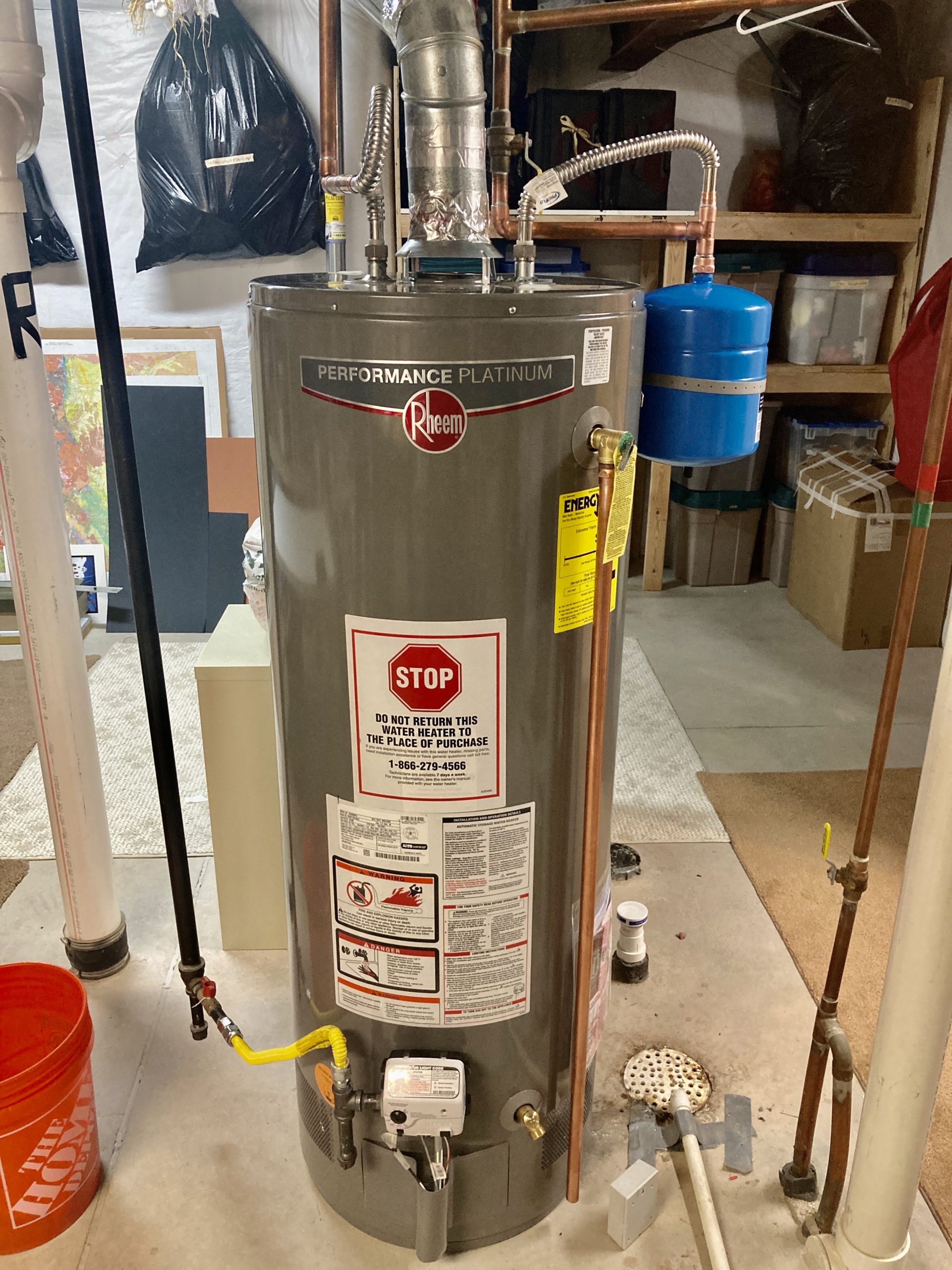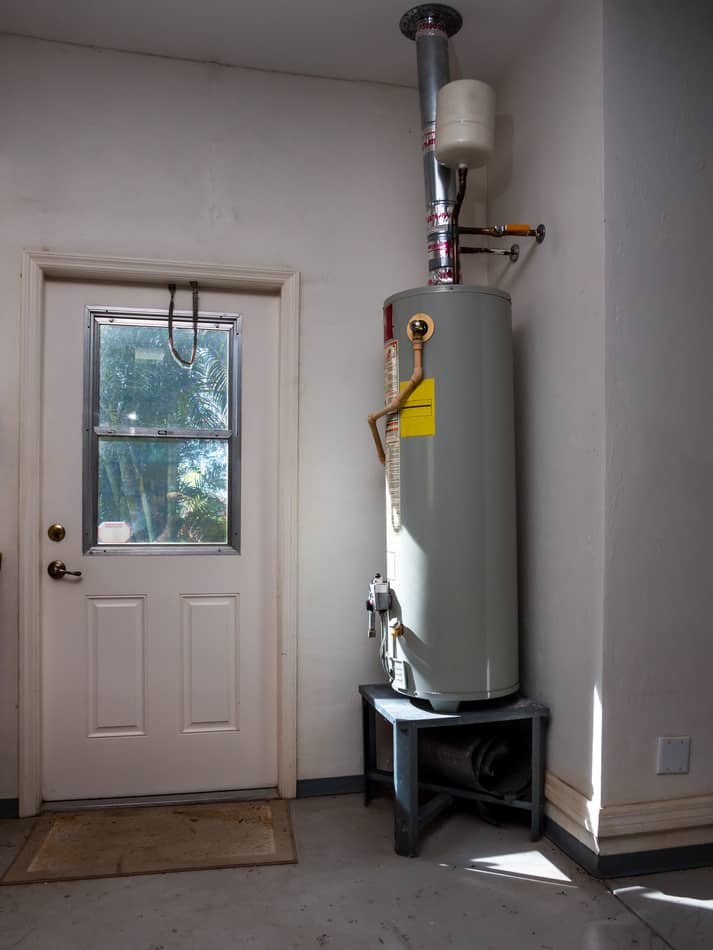Step-by-Step Guide to Maintaining Your Home's Hot Water SystemSteps to Effectively Care for Your Home's Hot Water System
Step-by-Step Guide to Maintaining Your Home's Hot Water SystemSteps to Effectively Care for Your Home's Hot Water System
Blog Article
What're your thoughts with regards to How to Maintain Your Water Heater & Prolong its Life?

Warm water is crucial for daily convenience, whether it's for a refreshing shower or washing recipes. To ensure your warm water system runs successfully and lasts longer, regular upkeep is crucial. This article provides functional ideas and understandings on just how to maintain your home's hot water system to prevent disturbances and pricey repairs.
Introduction
Preserving your home's warm water system might appear daunting, but with a few basic actions, you can ensure it operates smoothly for several years ahead. This guide covers every little thing from understanding your hot water system to do it yourself upkeep pointers and recognizing when to employ specialist aid.
Importance of Maintaining Your Hot Water System
Routine upkeep not just expands the lifespan of your warm water system yet also ensures it operates efficiently. Overlooking upkeep can cause decreased effectiveness, higher power expenses, and also early failing of the system.
Indicators Your Hot Water System Requirements Upkeep
Understanding when your warm water system requires focus can protect against significant concerns. Keep an eye out for indicators such as irregular water temperature, strange noises from the heater, or corroded water.
Recognizing Your Warm Water System
Prior to diving into maintenance tasks, it's useful to understand the basic components of your hot water system. Typically, this includes the hot water heater itself, pipelines, anode poles, and temperature level controls.
Regular Monthly Maintenance Tasks
Routine monthly checks can help catch small problems before they intensify.
Flushing the Water Heater
Purging your hot water heater gets rid of debris accumulation, improving performance and extending its life.
Checking and Replacing Anode Rods
Anode rods protect against deterioration inside the storage tank. Examining and replacing them when broken is vital.
Examining and Readjusting Temperature Level Setups
Changing the temperature setups makes certain optimum performance and safety and security.
Do It Yourself Tips for Maintenance
You can perform numerous upkeep tasks on your own to maintain your hot water system in leading condition.
Checking for Leakages
On a regular basis evaluate pipelines and connections for leakages, as these can cause water damage and greater bills.
Examining Stress Relief Valves
Examining the stress relief valve guarantees it functions appropriately and avoids excessive stress buildup.
Protecting Pipes
Protecting hot water pipelines decreases heat loss and can save power.
When to Call an Expert
While do it yourself maintenance is beneficial, some concerns require expert expertise.
Facility Issues Calling For Professional Assistance
Instances include significant leaks, electric issues, or if your hot water heater is regularly underperforming.
Regular Expert Upkeep Conveniences
Expert upkeep can include detailed examinations, tune-ups, and guaranteeing conformity with safety standards.
Verdict
Regular upkeep of your home's warm water system is important for performance, long life, and cost financial savings. By following these suggestions and recognizing when to look for professional assistance, you can make certain a dependable supply of warm water without unforeseen disturbances.
Water Heater Maintenance: The Basics
Maintaining your water heater will ensure it operates efficiently and has a longer lifespan. Neglecting regular maintenance can lead to costly repairs and an even bigger chunk of your savings if you have to replace it sooner than necessary. But there’s good news: Most water heater maintenance tasks are relatively simple and easy for homeowners with basic DIY skills.
Flush the Water Heater
Over time, sediment and minerals can build up in the tank, reducing its efficiency and potentially causing damage. To flush the tank, turn off the power or gas supply, attach a hose to the drain valve near the bottom and open the valve to drain the water until it runs clear. Ideally, flush the tank annually.
Replace the Anode Rod
The anode rod is a sacrificial metal rod that helps prevent corrosion inside the tank. Inspect and replace it every three to five years or per the manufacturer's recommendation. To replace the anode rod, turn off the power or gas supply, drain a few gallons of water from the tank, unscrew the old rod and replace it with a new one. If the anode rod is significantly corroded or covered in calcium buildup, it's a sign the water heater may need to be replaced soon.
Tune-Up
A yearly tune-up can help identify potential issues and ensure your water heater operates at peak efficiency. This typically involves checking the thermostat, burner assembly (for gas heaters) and any other components specified by the manufacturer. During a tune-up, the technician may also clean the burner and adjust the pilot light (for gas heaters) or examine the heating elements (for electric heaters).
How to Maintain Your Water Heater
Insulate the tank. Insulating the tank can improve energy efficiency and reduce heat loss, saving you money on energy bills. You can purchase precut insulation blankets designed specifically for water heaters or use standard fiberglass insulation wrapped securely around the tank. Check the temperature. The recommended water temperature for most households is around 120 degrees Fahrenheit (49 degrees Celsius). Higher temperatures can increase energy costs and potentially cause scalding. Use a kitchen thermometer to check the temperature at the faucet nearest the water heater. Monitor water pressure. Excessive water pressure can strain the water heater and cause leaks or even tank failure. Install a pressure-reducing valve if necessary. The ideal water pressure range is between 60 and 70 PSI (pounds per square inch). Test the temperature and pressure (T&P) relief valve. The T&P relief valve is a safety feature that releases pressure if the tank gets too hot or the pressure builds up too high. Test it annually by lifting the lever and allowing a small amount of water to release. Replace the valve if it doesn't release water or reseal properly. Check for leaks. Regularly inspect the tank, pipes and fittings for leaks or corrosion. Deal with issues promptly to prevent further damage. Even a small leak can lead to significant water damage over time. Consider a tankless water heater. If your traditional tank-style water heater is nearing the end of its lifespan ( typically 10 years), consider replacing it with a tankless water heater. These units heat water on demand, reducing standby energy losses and potentially saving you money on your energy bills. Schedule professional maintenance. While homeowners can perform many water heater maintenance tasks, it's still a good idea to schedule professional maintenance every few years. A plumber or HVAC technician can thoroughly inspect the unit, identify potential issues and ensure it operates safely and efficiently. https://www.homeserve.com/en-us/blog/home-improvement/hot-water-heater-maintanence/

I hope you liked our piece about What Kind of Maintenance Do Water Heaters Need?. Thanks for finding the time to browse our blog. Feel free to take the opportunity to distribute this blog entry if you appreciated it. Kudos for being here. Return soon.
Appointment Report this page